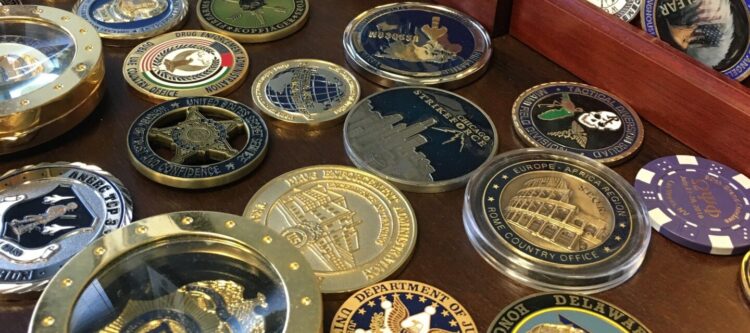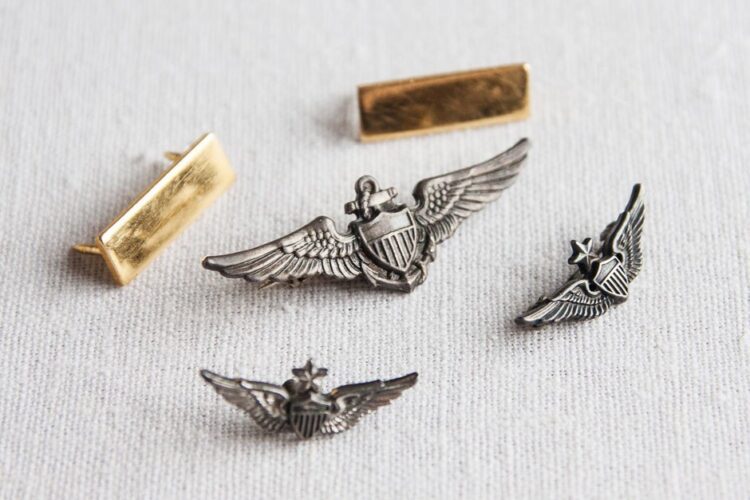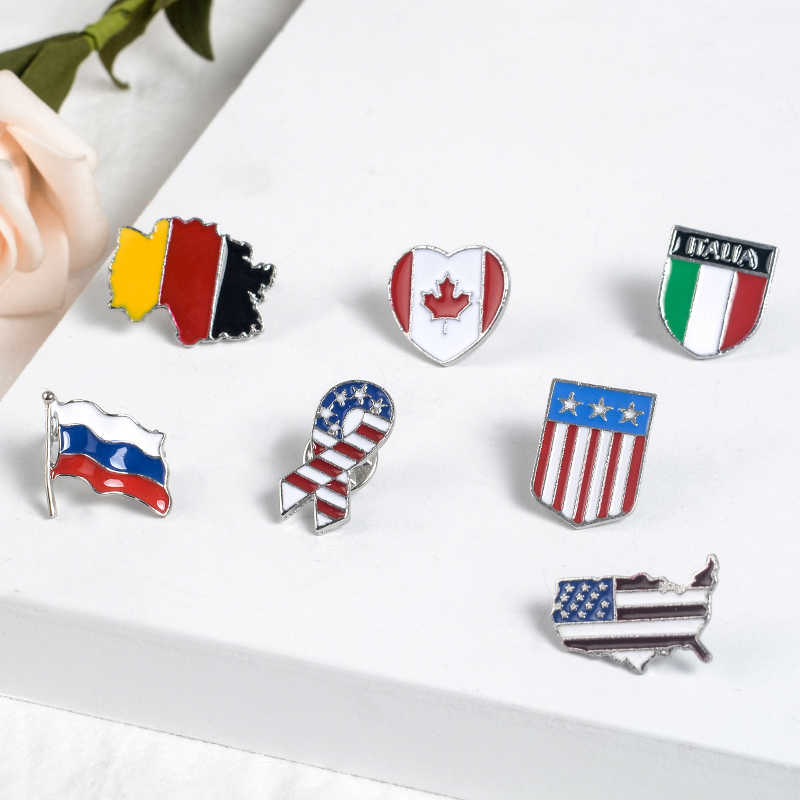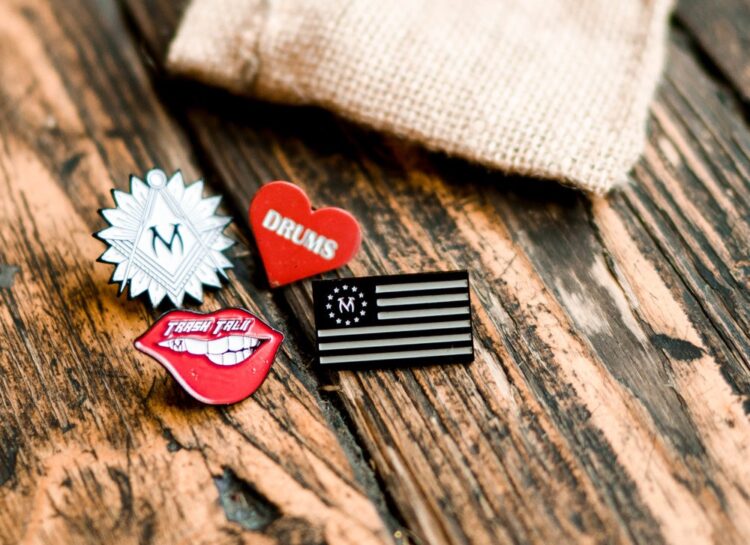In short, lapel pins are used to indicate identity and occupation. It is a testimony to historical events and a staple of an era. Today, they are still used for various government departments, organizations, and associations as a representation of their brand. The origin of these pins has a long-standing history and are even older than in some countries.
Experts are not entirely sure about where the pins came from or even why they were made, however, they do know about the development of the artistic process. It is said that the first one came from the totem symbol of a primitive tribe clan. In this article, you will be able to read about the story of lapel pins. Let’s take a look:
Table of Contents
1. Lapel Pins Were Once Used as Coins

source: vivipins.com
Lapel pins evolved from totems are present throughout the world. For instance, the earliest countries in the world like Lower Egypt and Upper Egypt used cobra and vulture as totems. Among the remains of these civilizations, you can also find various artifacts with these two logos. It is true that Egyptians did not actually make lapel pins, however, the did begin the process of inlay and enameling that gives the pins their unique look.
The famous people of the ancient Mediterranean, Phoenicians’ totems were cows, and the cow pattern did not only appear on their artifacts and drawing, but also in the coins they made. The habit of using lapel pins as a founder on a coin was created and it has been passed on the present. The use of a representative animal, symbol, duty to mark a country – such as the “chrysanthemum” on the Japanese coin or the “maple leaf” on Canadian coins.
2. The Army Used Them

source: antiquesage.com
In the west, it is believed that these kinds of lapel pins were used as identification that was used by the Legion of the Roman era. During that time, the Roman Empire established a large army that was supplied by the state. In order to recognized enemies and allies on the battlefield, each legion had its own lapel pin.
In the Middle Ages, knights and aristocrats designed complex pins for their own identity. The composition of the pins generally has a specific design including a symbol, vibrant colors, mascots, and a specific glory symbol.
3. Lapel Pins Have Become a National Culture

source: aliexpress.com
According to the experts from enamelpins.com, in modern times, lapel pins are used for various things including as a national symbol. For example, the royal coat of arms of Great Britain, the seal of the President of America, and after the army became nationalized, they have also become a symbol of the army. In some countries in America and Europe, different armies have different military lapel pins – like the US Air Force lapel pins, US Marine Corps lapel pins, and other military organizations and departments.
Conclusion
Lapel pins are wearable are and a lot of people enjoy collecting them. There is a wide range of pins to collect from including political campaigns, special events, concerts, and a lot of other categories to choose from. They are perfect for a lot of occasions, hence, if you are planning a special event, lapel pins are perfect for marketing your company, campaign, or event.

